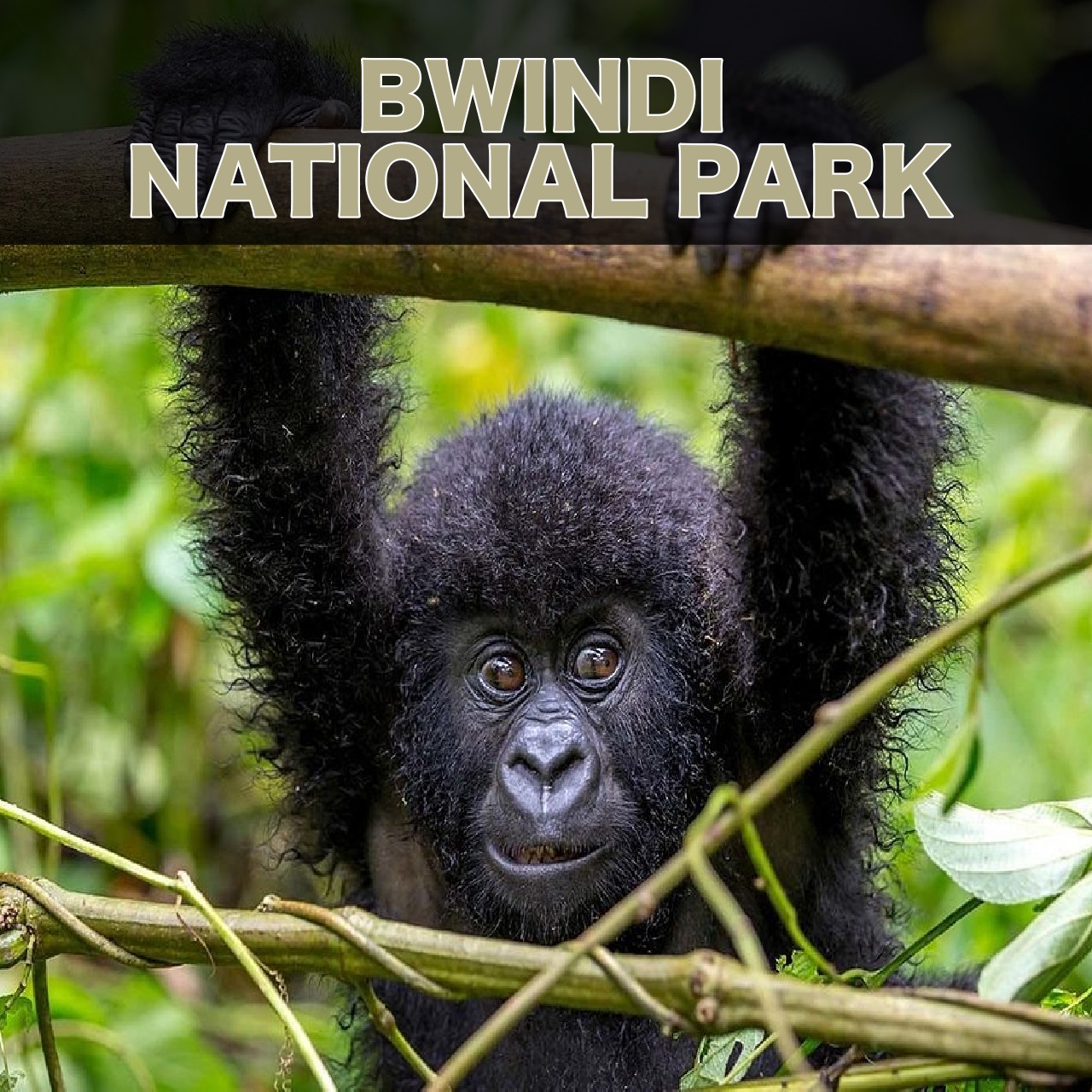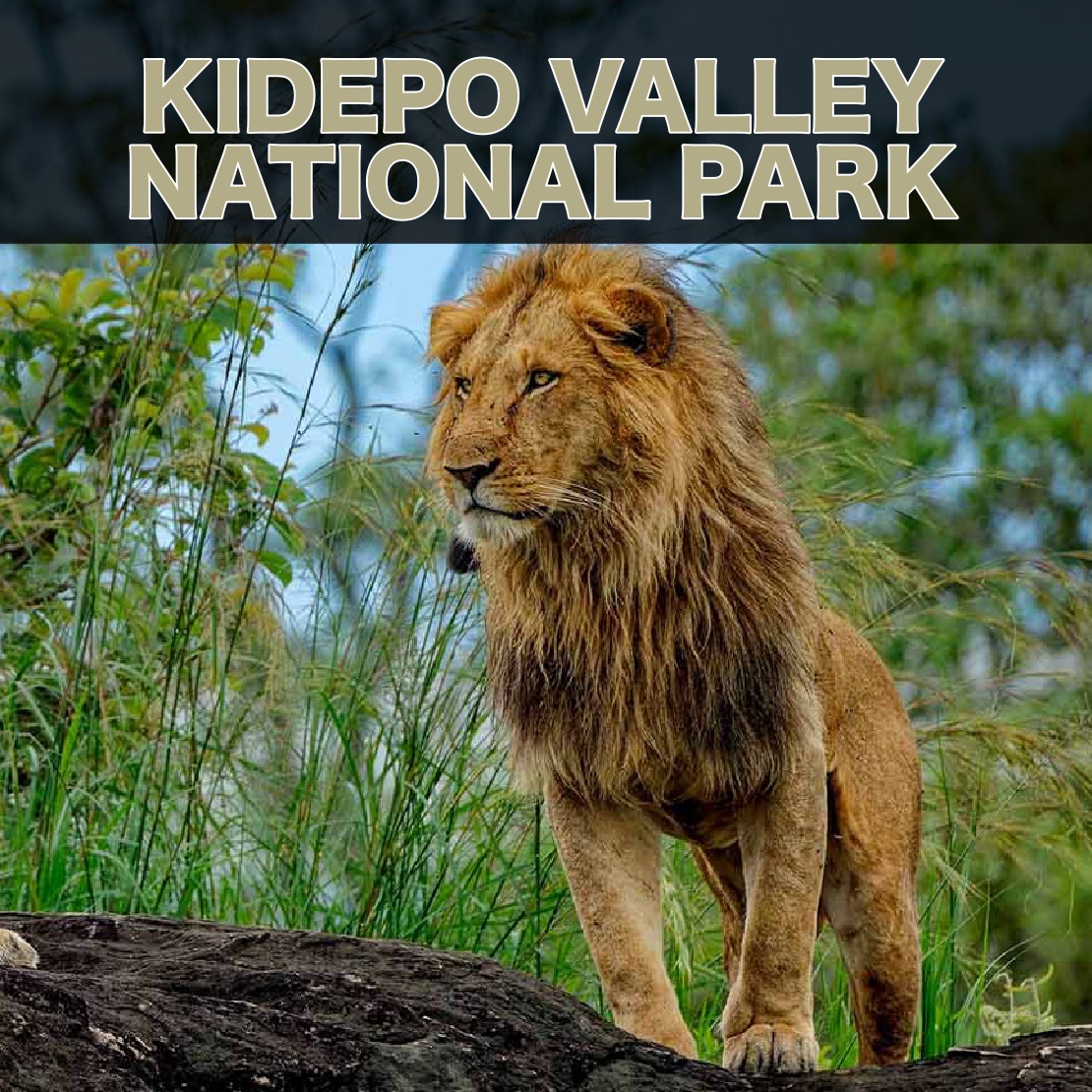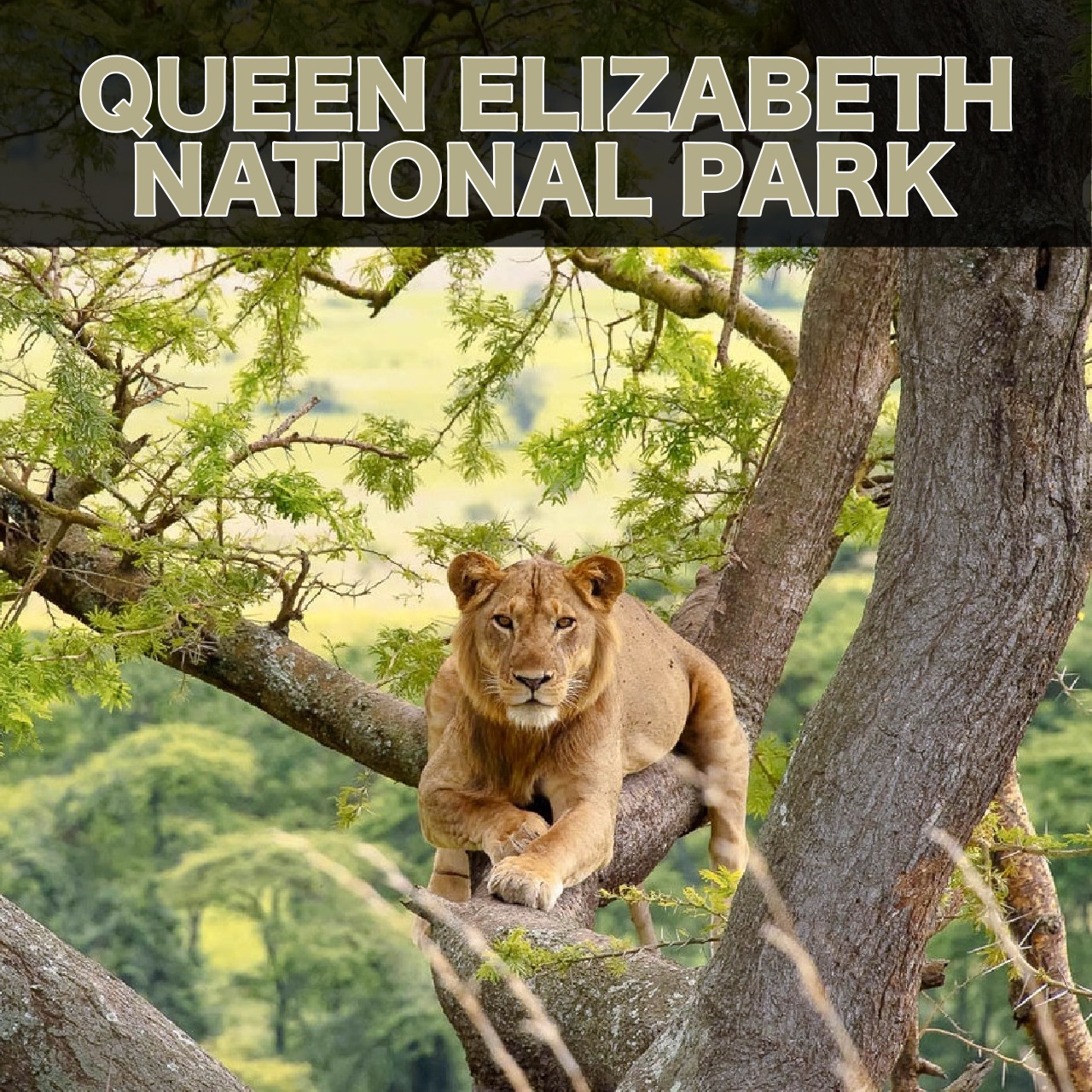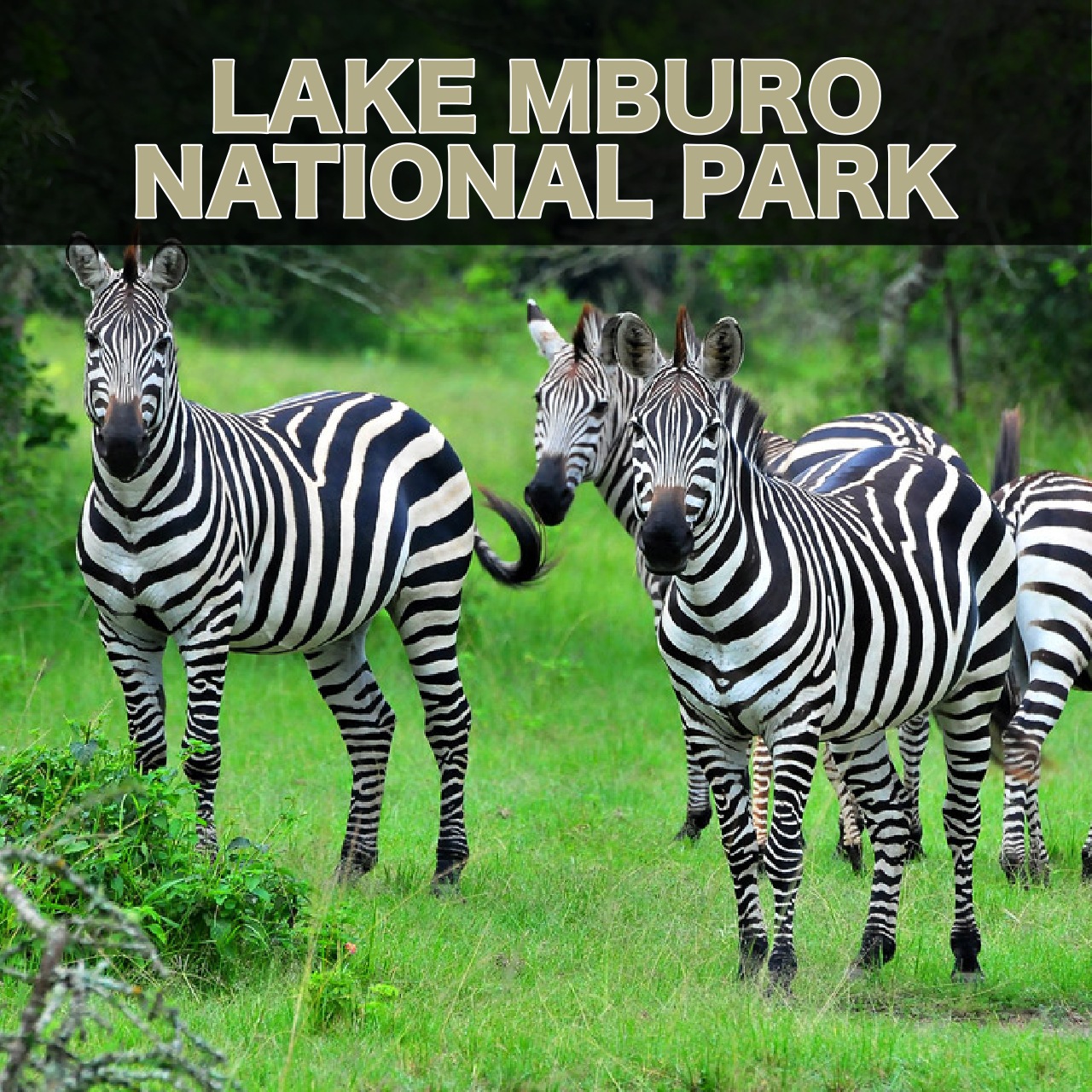UGANDA
Explore destination Uganda
Uganda, the renowned ‘Pearl of Africa,’ is an excellent tourism destination that is highly praised for its diverse wildlife, cultures, and landscapes among others. Uganda, with its immense potential to become a tourism powerhouse is located in East Africa on geographical coordinates 1oN and 4oS latitudes and 29oE and 35oE longitudes.
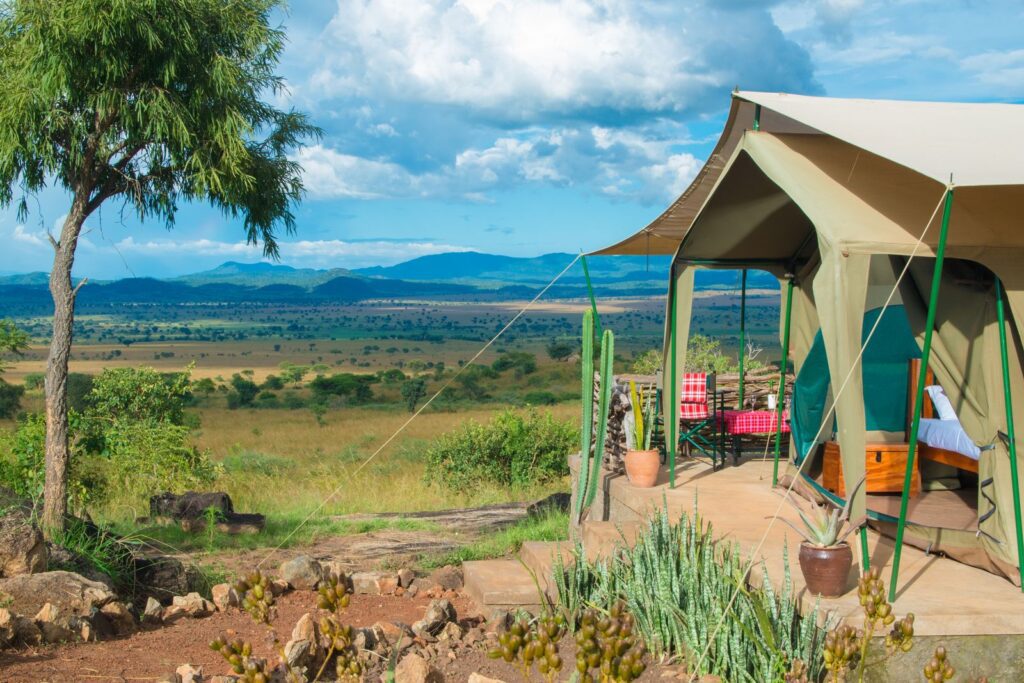 This implies that Uganda is a landlocked country, sharing its borders with South Sudan to the north, Kenya to the east, Tanzania to the south, Rwanda to the southwest, and Democratic Republic of Congo to the west.
This implies that Uganda is a landlocked country, sharing its borders with South Sudan to the north, Kenya to the east, Tanzania to the south, Rwanda to the southwest, and Democratic Republic of Congo to the west.
Visitors to Uganda have their high expectations met with plenty of natural wonders, like the dense tropical forests, vast savannah, swamps, tranquil lakes and rivers, imposing mountains, valleys, and plateaus among others.
Additionally, Uganda has a complicated history that has been influenced by numerous socio-political changes, to subsequently shape the country’s civilization. From large-scale ethnic migrations and settlements to establishing kingdoms and chiefdoms to establishing of a British Protectorate, visitors have a rich tapestry of elements to explore and appreciate. Visitors can also gain deeper insight into Uganda’s Independence and the various periods of political turmoil that followed. This is most notable during the 1970s. Uganda has at least 65 indigenous communities with unique cultures, traditions, customs, and other practices. The people are divided into 4 ethnic groups, with the Bantu forming the largest composition. Other ethnic groups include the Nilotics, Nilo-Hamites, and the Hamites.
The Baganda form the largest tribe in Uganda, followed by the Banyankole. English is the official and most spoken language, followed by Swahili and Luganda. Other interesting languages to experience include Runyankole, Langi, Ateso, Alur, Bagisu, and Lugbara among others. Ugandans are highly hospitable and eager to receive you in their communities for a rich cultural experience.
Despite the previous political instabilities, Uganda prioritizes safety and security forits visitors to facilitate safe tourism experiences. The security personnel in national parks are adequately trained with the best military skills to curb any security threat within and outside the sites. Other security agencies collaborate to fight terrorism and potential homicides, thus making tour destinations safe. Visitors are also encouraged to be informed about the current security issues in Uganda. They should also be aware of the travel warnings while considering the standard precautionary measures in the tour destinations.
Additionally, booking Uganda safaris is best done with a reputable tour company. These provide credible updates on the current security trends to ensure their clients have the safest tours in the safest destinations.
What to do and see in Uganda?
Gorilla Trekking Tours
Visitors on Uganda tours have an exceptionally unique opportunity to locate and watch the endangered mountain gorillas in their natural environment. Gorilla trekking tours are done in 2 national parks situated in southwestern Uganda, Bwindi Impenetrable National Park with a land mass of 331 square kilometers, and Mgahinga Gorilla National Park with 33.9 square kilometers.
Besides gorilla trekking, visitors have a variety of options to choose from. There are numerous primates such as chimpanzees, black and white colobus monkeys, and golden monkeys among others. These and various mammals such as bush elephants, bush buffaloes, and forest hogs can be viewed in either Mgahinga or Bwindi.
Game Drives
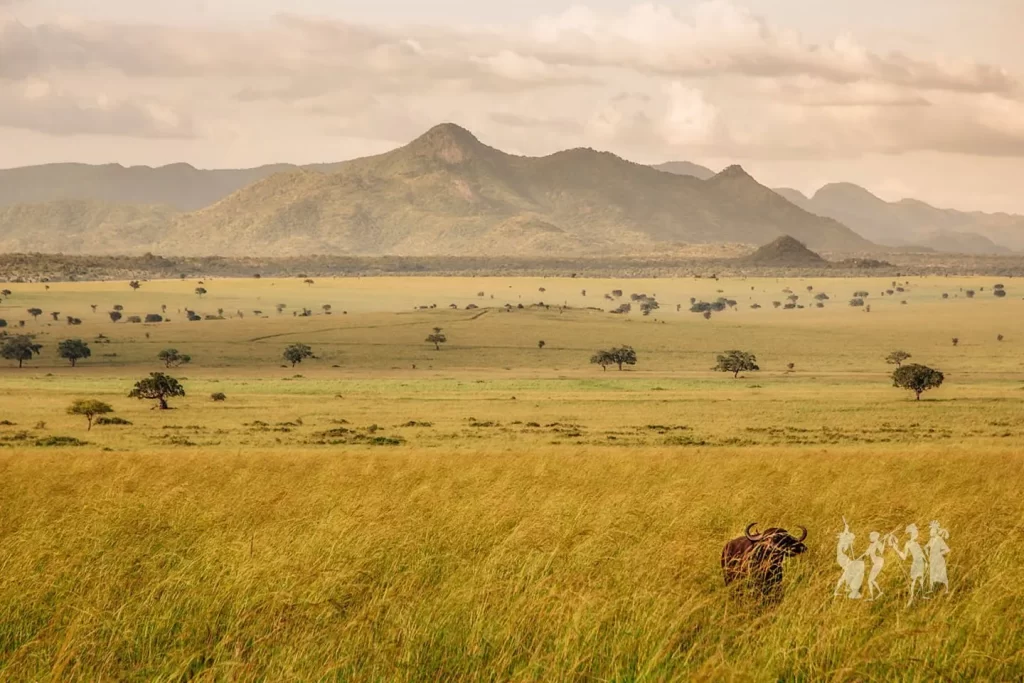 Visitors on Uganda wildlife safaris have extraordinary opportunities to access the countless wildlife species the country has to offer. Game drives are generally guided tours through Uganda’s wildlife national parks and reserves to watch and photograph wildlife in their natural homes while on a safari vehicle.
Visitors on Uganda wildlife safaris have extraordinary opportunities to access the countless wildlife species the country has to offer. Game drives are generally guided tours through Uganda’s wildlife national parks and reserves to watch and photograph wildlife in their natural homes while on a safari vehicle.
These safaris take you to Queen Elizabeth National Park, Murchison Falls National Park, Lake Mburo National Park, Kidepo Valley National Park, Semuliki National Park, and Semuliki Wildlife Reserve among others. With over 345 wild mammal species in Uganda, visitors have the perfect chance to encounter the African Big Five (elephants, lions, rhinos, buffaloes, and leopards), giraffes, cheetahs, elands, Uganda Kob, impala, crocodiles, hippos, and others in the wild.
Chimpanzee Trekking Tours
With at least 5,000 chimpanzees in Uganda, visitors will be thrilled with unforgettable chimpanzee trekking adventures in Kibale National Park, Kyambura Gorge, and Budongo Forest Reserve among others. Kibale National Park in particular is renowned as the ‘the Primate Capital of the World’ with almost 1,500 chimpanzees.
Visitors can track habituated chimpanzee groups in its lush tropical rainforests. En route, visitors can enjoy the sights of other 12 primate species including L’hoests monkeys, red colobus monkeys, olive baboons, and vervet monkeys among others. Visitors can also visit Ngamba Island Chimpanzee Sanctuary or the Uganda Wildlife Conservation Education Center to view chimpanzees in a controlled environment.
Cultural Tours
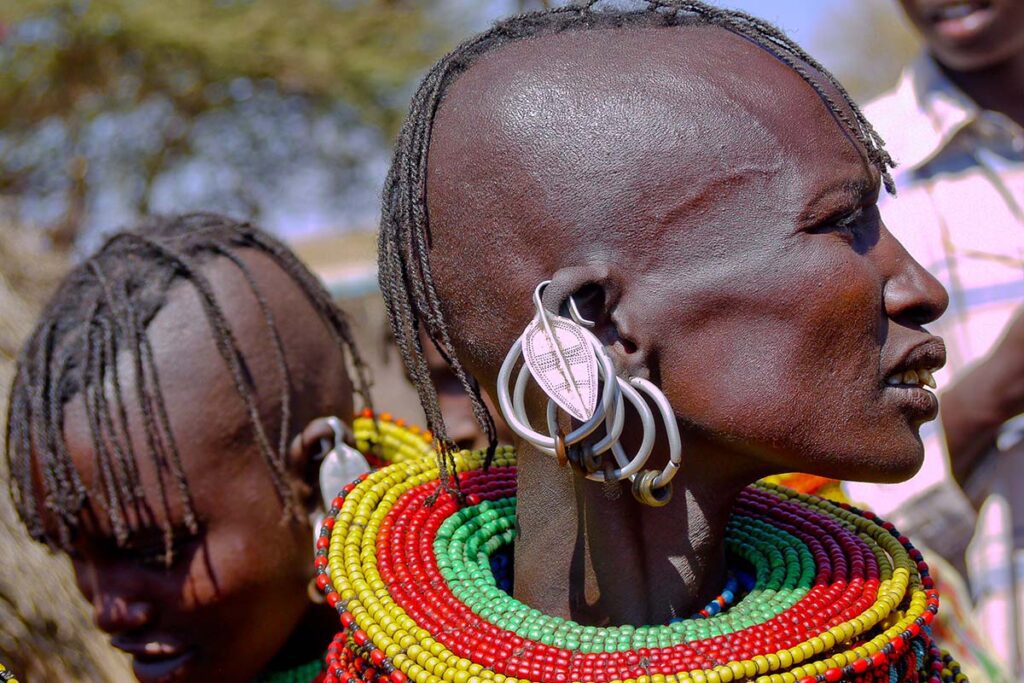 With a vastly superior cultural legacy, Uganda offers visitors on cultural tours avariety of options to choose from. Four distinct ethnic groups comprise over 40 different tribes, each with unique languages, cultures, and practices.
With a vastly superior cultural legacy, Uganda offers visitors on cultural tours avariety of options to choose from. Four distinct ethnic groups comprise over 40 different tribes, each with unique languages, cultures, and practices.
Visitors can have an exclusively intimate experience with people such as the Karimojong, Batwa, Baganda, Banyankole, Bakiiga, Batooro, Basoga, Acholi, and many others in their communities.
Visitors can also join them in their exciting dances, drama, storytelling, cooking, hunting, rituals, pottery, and many other practices to have a genuine cultural experience. There are numerous destinations for cultural tours, including Bwindi Impenetrable National Park, Mgahinga Gorilla National Park, Kidepo Valley National Park, Kibale National Park, Igoongo Cultural Center, Ndere Cultural Center, Buganda Kingdom and Semuliki National Park among others.
Boat Cruises
While enjoying gorilla trekking and game drives, boat cruises can complement your Uganda safari and make it even more memorable. Boat cruises offer visitors a unique opportunity to explore Uganda’s tranquil and abundant waterways including the Nile River, Kazinga Channel, Lake Victoria, Lake Bunyonyi, and Lake Mburo among others.
Visitors on a boat cruise can also get breathtaking views of other wildlife species on the picturesque river banks and lake shores. These wildlife species include crocodiles, hippos, buffaloes, elephants, and numerous bird species. Additionally, there are numerous opportunities to view and photograph stunning landscapes, beautiful shorelines, waterfalls, and cliffs among other physical features.
Birdwatching Tours
With over 1,020 bird species, Uganda is a perfect place for any birder to come for birdwatching excursions. Visitors can come to identify, as well as record the colorful birds in their natural habitats. Birdwatching is mainly enjoyed in Queen Elizabeth National Park, Murchison Falls National Park, Bigodi Wetland Sanctuary, Mabamba bay, Mount Rwenzori, Lake Mburo National Park, Bwindi Impenetrable National Park, Semuliki National Park, Lake Bunyonyi among others.
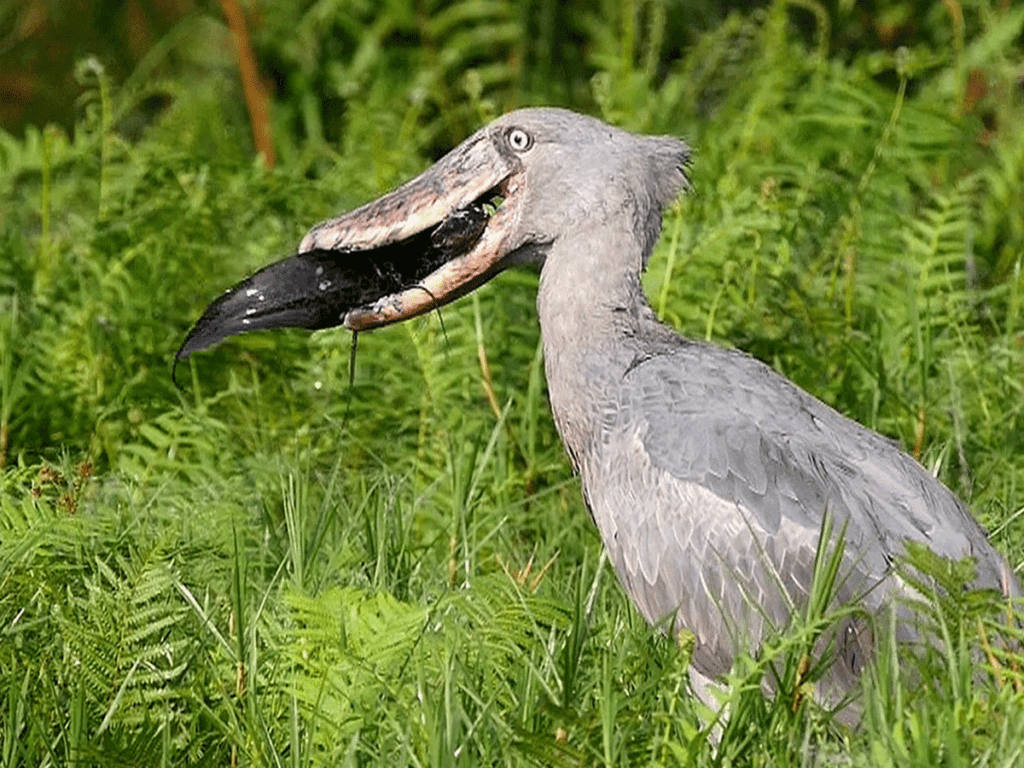 The most exciting bird species to spot include various iconic species such as shoebill storks, grey crowned cranes, African fish eagles, Rwenzori apalis, Rwenzori batis, common bulbuls, hooded vultures, ostriches, turacos, and pied kingfishers among others.
The most exciting bird species to spot include various iconic species such as shoebill storks, grey crowned cranes, African fish eagles, Rwenzori apalis, Rwenzori batis, common bulbuls, hooded vultures, ostriches, turacos, and pied kingfishers among others.
Climate and travel seasons in Uganda
Due to its equatorial position, Uganda experiences a tropical type of climate, characterized by consistent sunshine throughout the year. This causes relatively stable and warm daily temperature patterns that are suitable for outdoor tour activities throughout the year. The daily temperature patterns range from 20oC to 30oC.
However, these temperatures do vary, thanks to various factors such as altitude among others. The equatorial position of Uganda causes the country to experience two distinct seasons, the dry and the rainy seasons. With two rainy seasons in a year, the primary rainy season runs from March to May and the secondary rainy season runs from September to November. Conversely, Uganda experiences two dry seasons, with one occurring from December to February and the second from June to August.
People can travel to Uganda throughout the year, thanks to the stable temperature patterns, however, the ideal time is during the dry seasons. With relatively fewer chances of showers during the dry season, visitors can enjoy uninterrupted tours in Uganda’s wildernesses. This is complemented by navigating through dry and stable access roads and park tracks or trails. This makes trekking adventures and transportation to the national parks less challenging compared to the rainy season when the roads are muddy and slippery.
Additionally, the vegetation cover is relatively less dense in the national parks during the dry seasons than in the rainy seasons. This facilitates wildlife viewing. Conversely, during the rainy seasons, the dense vegetation and numerous water sources facilitate birdwatching experiences since both resident and migratory bird species are numerous in the national park.

